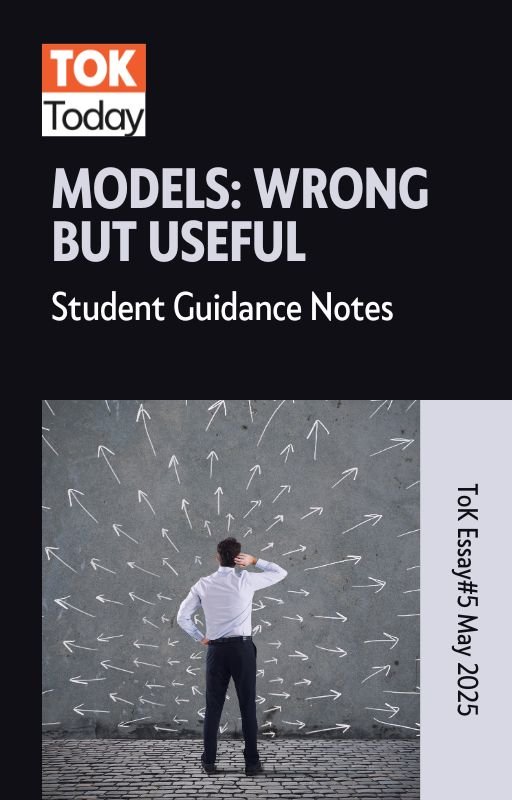Essay #5 May 25: Models - wrong but useful
In 1994, British mathematician Andrew Wiles achieved what had eluded the mathematical community for over 350 years: he proved Fermat’s Last Theorem. First proposed in 1637 by Pierre de Fermat, the theorem baffled generations of mathematicians because, despite its simplicity, a proof seemed unattainable. Wiles’ eventual success was not just about proving the theorem itself but also about using a range of mathematical models and theories that were, at times, thought incomplete or imperfect.
This story illustrates the claim, “all models are wrong, but some are useful”. In Theory of Knowledge (ToK), this idea invites us to reflect on the nature of models (in mathematics, science, history or the arts) and their inherent limitations and utility.
Fermat’s Last Theorem had been unsolvable for centuries because existing models in number theory couldn’t adequately address its complexity. However, Wiles’ proof drew on advancements like the Taniyama-Shimura-Weil conjecture, which connected previously unrelated areas of mathematics. Even though earlier models of understanding numbers were incomplete or “wrong” in terms of solving this specific problem, they were immensely useful in eventually reaching a solution.
In our student guidance notes for ToK essay#5 May 2025, we explore the question: “all models are wrong but some are useful”? Using examples like Wiles’ work on Fermat’s Last Theorem, we explore how models, despite their imperfections, often serve as stepping stones to greater understanding. Whether in mathematics, the sciences, or the arts, models are tools that allow us to approach complex phenomena, even if they require refinement or revision over time. Understanding their limitations—and recognising their utility—is key to grasping the evolving nature of knowledge.

